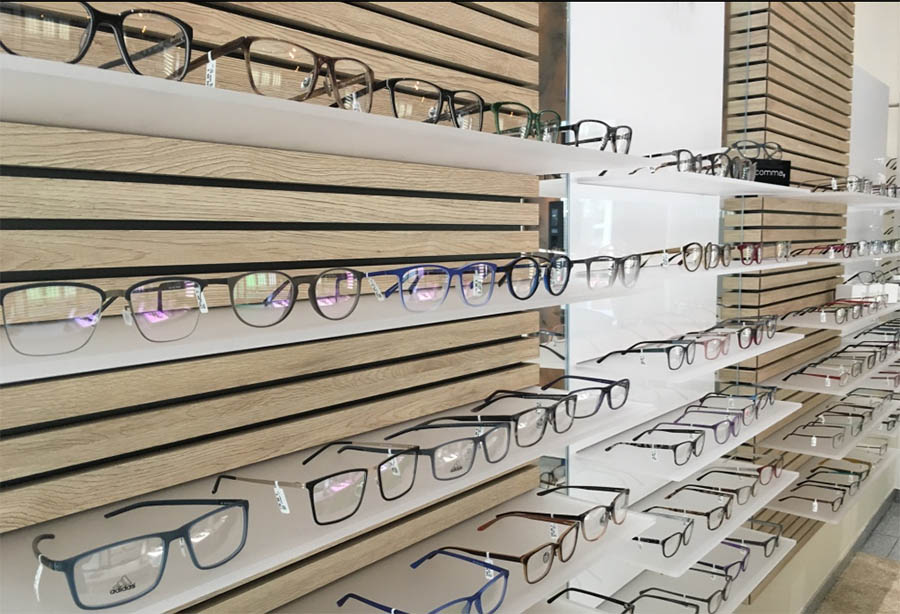The Brest cable car in Brittany is the first urban cable car in France to be built for everyday journeys. Launched in November 2016, it is linked to the public tram line and bus network. It links Brest city centre to the 'Plateau des Capucins' area where an eco-neighbourhood project is currently being developed. The cable car also improves access to the site and encourages the growth of economic diversity and activity. This 460-metre construction crosses the Penfeld river in 3 minutes and is open every day from 7:30 a.m. to 12:30 a.m. It can carry up to 1 850 passengers per day.
Connected to the tram and bus network, the Brest cable car is boosting urban renewal of the city's right (western) bank
- 26 January 2018
Brest city centre has invested heavily in sustainable development policies. We hope to promote the use of public transport while ensuring that ecological and climatic issues are taken into account, and the cable car connection is the most ecological means of public transport.
The Brest cable car strengthens ties between the river's left bank and the right bank, where the Recouvrance neighbourhood has undergone a major urban renewal programme. It also highlights the Capucins eco-neighbourhood project, which attracts investors.
The Brest cable car is a useful tool for cohesion; it improves accessibility to the Plateau des Capucins and its future eco-neighbourhood, which will extend over a 16-hectare stretch bordered by the Penfeld river. The project is set to accommodate a combination of residences and offices, with its upper section housing 560 homes, 25 000m² of office space, as well as shops and local amenities. Its lower section, in the Ateliers area, will be home to a large 6 500m² media centre and leisure activities, restaurants and shops. A 7-room cinema will also open there in 2018. The Fourneau (national street art centre) may also be built there by late 2020. In addition, this space will be dedicated to new technologies.
This new connection provides a link to the public transport network, which, on the left bank, can be accessed by the tram and bus lines that serve the urban agglomeration. The same ticket makes it possible to use the bus, tram line and cable car successively within a one-hour connection window. The journey between the two cable car stations takes 3 minutes, with a 5-minute waiting time between cabins. Open 358 days per year and 17 hours per day, this means of transport, which is more eco-friendly than a road bridge, can transport 1 850 passengers per day. Since its launch, it has carried 650 000 passengers, which exceeded usage expectations by 4 months – this is despite many services not yet being open in the Capucins area. It is accessible to bicycles, which helps promote the use of clean transport in the city centre.
Four solutions for crossing the Penfeld were considered; a transporter bridge, a vertical-lift bridge, a vertical-lift footbridge and a cable car-type connection. The latter was deemed the most technically straightforward, the least expensive and the best aligned with the city's sustainable development policy as a result of its innovative energy storage system. Fourteen supercapacitors store the energy recovered during the cable car's descent. While it goes up, this energy then provides the majority of the engine's power before the electric grid takes over.
The entire project has also created four long-term jobs
Total investment and EU funding
A total of EUR 19 100 000 was invested in the “Brest cable car” project. The European Regional Development Fund contributed EUR 1 700 000 under the Brittany operational programme for the 2007-2013 programming period and 4 000 000 under the ERDF/ESF programme for the Brittany region for the 2014-2020 programming period. The investment falls under the priority of “Growth and Employment”.

